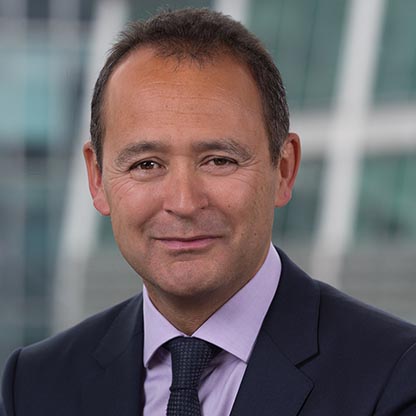Arguably the central development concerned the toing and froing by the Brexit Party (BP) on which of the 650 seats it would be contesting. On Monday, party leader Nigel Farage succumbed to internal party pressure for his prospective candidates to stand down in a large number of constituencies, announcing that it would not fight in the 317 seats won by the Conservatives in 2017. By the close of election nominations last Thursday, the BP had agreed to stand down 43 further candidates.
The reasoning is that competition for pro-Brexit votes with the Tories could have allowed Labour or the Lib Dems victories in competitive seats, potentially costing the Conservatives an election victory and possibly jeopardising Brexit itself.
What are the polls telling us?
Opinion polls taken after the decisions seem to show a higher Tory share of the vote at the expense of the BP. Indeed the results imply that Boris Johnson is more firmly on course to become the next PM, with the Conservatives extending their lead over Labour. Poll trackers over the previous week had shown an average 9%-10% margin of victory. Since then five polls over the weekend estimate the lead to have widened to between 8% and 17%.
In other publications, we have written about the decoupling of voters’ traditional party allegiances, more alignment with the parties’ stances on Brexit and a greater degree of tactical voting. This looks likely to cost the Conservatives seats in London, the south-east and south-west, on top of the possible loss of most of the party’s 13 seats in Scotland.
Early signs of a Tory lead?
What one should expect would be a rise in the number of the party’s MPs elsewhere in the UK, especially in the Midlands and Wales. Press reports though reveal concern in Conservative circles that in aggregate, adverse voting patterns in individual seats could result in a hung parliament.
It seems clear that assuming that all parties lose or gain by the same percentage share of the vote in all seats (i.e. there is a Uniform National Swing, or UNS) is too simplistic. But as a benchmark, our analysis shows that the largest Conservative lead in the weekend’s poll (YouGov, a margin of 17%) would yield an overall Tory majority of 135 using UNS.
Indeed if its winning margin of votes were this large, It would take an extraordinary set of idiosyncratic circumstances to prevent the Conservatives from returning to government. In 2017 though the polls narrowed dramatically, with Theresa May’s early lead of 20% eroded to 2½% on polling day. Despite well-documented inaccuracies in the past and the difficulties in interpreting them, the opinion polls will remain well watched.
Coming up this week
Other than new polls, this week will herald two key television debates. A head-to-head between Johnson and Corbyn is set for tomorrow (Tuesday evening). Two days later, the two main party leaders will be joined by Jo Swinson (Lib Dem) and Nicola Sturgeon (SNP). Thursday will also see the publication of Labour’s manifesto, with some talk that the Tory programme may follow at the end of the week.
Browse articles in


